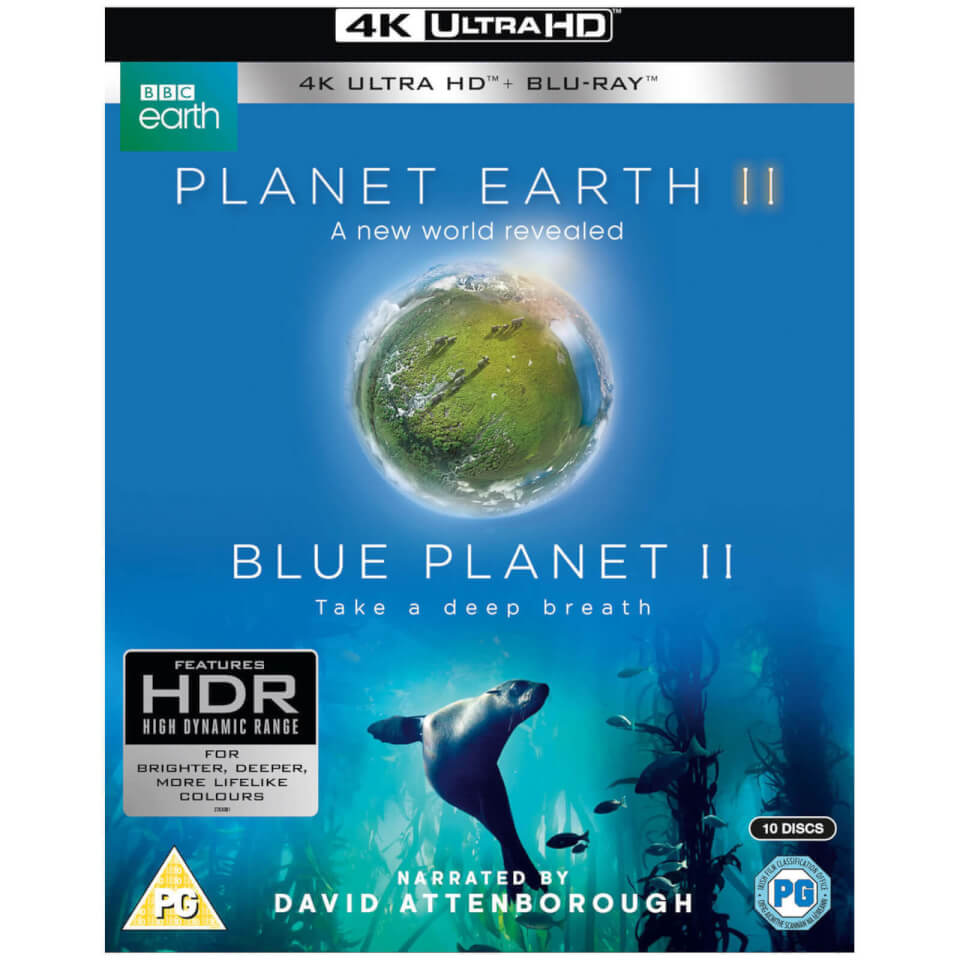
They’re scavengers, wanderers, interlopers, canine raiders. Their small ugly faces have intense glowing eyes that frighten. They don’t walk they lope suspiciously, or they swagger.

Their elongated necks are ungainly, making them look like hunchbacks. Their high-pitched cackle seems hysterical, demented to our ears.

Vicious and aggressive (it is thought), they roam in packs. We know the rap on hyenas - universally feared and despised. Of all the locales, I was most astonished by what is happening in Ethiopia. It may appear hostile to animal life, but for the bold this is a world of surprising opportunity.” It’s here that animals have to contend with the greatest change that is happening to the face of our planet. Here’s a quick list of places with their featured wildlife:Īlbi, France: - pigeons and large Wels catfishĪt the beginning of the episode on cities Sir David says: To save space here (and not challenge your patience), I will only write about the last episode now, the one that surprised me most - Cities. So these beautiful animals are among the great survivors on the planet, though who can say how much longer they can hold on, as their population numbers are dwindling. The near-mythic snow leopard is highly endangered, its habitat among the most difficult on Earth, a place where game is scarce, temperatures unbearable (for us), terrain formidable. I especially loved the amazing footage of the rare snow leopards in the Nepalese and Tibetan Himalaya (of course in the Mountains episode).

The other ecosystems or eco-regions are beautiful too. But I suppose I knew this already and have seen many wonderful and fascinating documentaries on them, including those by Sir David. Life is most creative in Earth’s jungles. So, if you want to see biodiversity in action, look here. They are gardens where competition is intense, where natural selection operates in overdrive, where only the most inventive and adaptable populations carry on. Why? Because rain forests make up only 6% of Earth’s land area yet contain over 30% of all plant and animal species on the planet. Of all the episodes I thought in advance I would enjoy Jungles most. More demands, pressures, assaults on the natural environment. Half the world’s human population now lives in cities and the percentage is incrementally increasing.
PLANET EARTH 3D BLU RAY SERIES
Toward the end of the series Sir David says an area the size of Britain is expected to be buried under urban concrete and steel over the next decade. The World Wildlife Fund estimates that Earth’s biodiversity has been reduced by 40% since the year 1970. Think about that figure for a moment before preceding to the next sentence.

Earth’s current biodiversity, the greatest it has ever had, has taken five million years to create. Here he shows us its immense beauty and variety in many vast ecosystems: Islands, Mountains, Jungles, Deserts, Grasslands and Cities. Like Jane Goodall, he has spent a lifetime battling for the voiceless and powerless, for the ultimate political underclass - the non-human biosphere. If this is his swan song (and we earnestly hope it won’t be), it reads like a love letter for his planet, and ours. So what have BBC Earth done? They have wisely pulled out all the stops while he is still with us. The sublime Sir David Attenborough is now 90 years old.


 0 kommentar(er)
0 kommentar(er)
